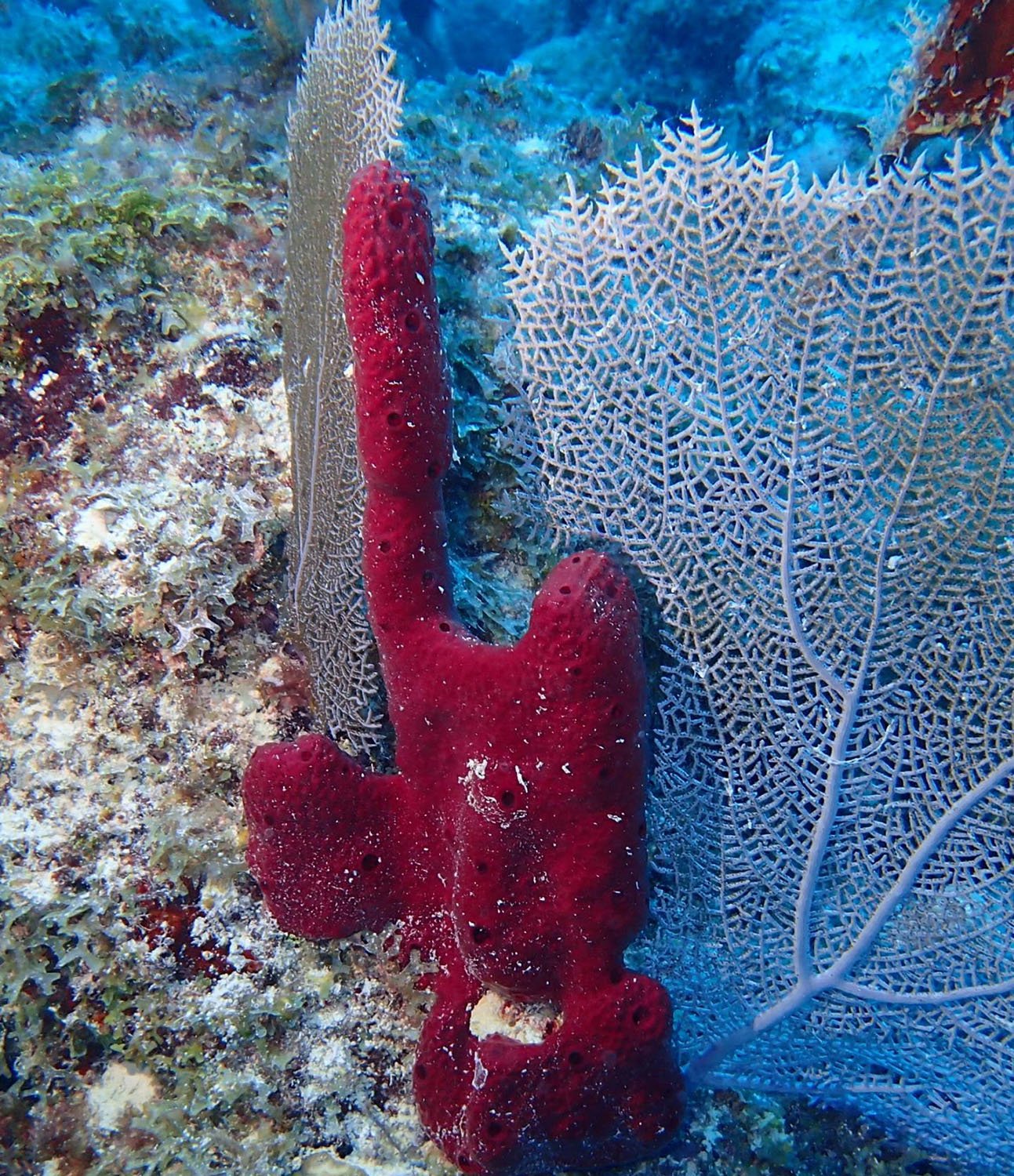Vertebrate, insect, and plant cell lines are important tools for research in many disciplines, including human health, evolutionary and developmental biology, agriculture and toxicology. Cell lines have been established for many organisms, including freshwater and terrestrial invertebrates.
Despite many efforts over multiple decades, there are still no cell lines for marine invertebrates including marine sponges, which are the source of thousands of novel chemicals with pharmaceutically relevant properties. Supply of these chemicals also is a bottleneck to development of sponge-derived drug leads, because wild harvest is not ecologically sustainable, and chemical synthesis is challenging due to the complexity of many of the bioactive chemical compounds.

[ad_336]
Researchers from Florida Atlantic University’s Harbor Branch Oceanographic Institute and collaborators at Wageningen University in the Netherlands have developed a breakthrough in marine invertebrate (sponge) cell culture. For the first time, they have accomplished a substantial increase in both the rate and number of cell divisions. They have demonstrated that an amino acid-optimized nutrient medium stimulates rapid cell division in nine marine sponge species. The demonstration of exceptionally fast cell division for marine invertebrates (sponges), as well as the researchers’ ability to subculture the cells, is a groundbreaking discovery for marine biotechnology.
Results of the study, published in Scientific Reports, showed that the fastest dividing cells doubled in less than one hour. Cultures of three species were subcultured from three to five times, with an average of 5.99 population doublings after subculturing, and a lifespan from 21 to 35 days.
These findings form the basis for developing marine invertebrate cell models to better understand early animal evolution, determine the role of secondary metabolites, and predict the impact of climate change to coral reef community ecology. Furthermore, sponge cell lines can be used to scale-up production of sponge-derived chemicals for clinical trials and to develop new drugs to combat cancer and other diseases.
“Sponge cell lines could be used as models to understand the role of secondary metabolites in sponges, to use this information to develop new models for drug discovery, and to scale-up production of sponge-derived bioactive compounds for novel medicines,” said Shirley Pomponi, Ph.D., senior author and a research professor at FAU’s Harbor Branch. “Cell lines of common reef sponges also could be used to quantify the effects of climate change such as ocean warming and acidification on uptake of dissolved organic material, a major component of the ‘sponge loop hypothesis’ of carbon cycling, and to test the hypothesis that coral reefs could become sponge reefs as climate changes.”
[rand_post]
Sponges (Phylum Porifera) are among the oldest Metazoa and considered critical to understanding animal evolution and development. They are key components of many benthic marine ecosystems. There are more than 9,000 described species that occur worldwide, from the intertidal to the deep sea. Among the oldest metazoans, sponges have evolved a variety of strategies to adapt to different environments. Because they are sessile as adults, they have evolved sophisticated chemical systems for communication, defense from predators, antifoulants to prevent other organisms from growing over them, and to prevent infection from microbes filtered out of the water. These chemicals interact with molecules that have been conserved throughout evolutionary history and are involved in human disease processes, for example, cell cycling, immune and inflammatory responses, and calcium and sodium regulation.
For years, scientists at FAU’s Harbor Branch have been collecting unusual marine organisms — many of them from deep-water habitats — that are the source of novel natural products. The majority of samples come primarily from around the Atlantic and Caribbean; others have come from the Galapagos, western Pacific, Mediterranean, Indo-Pacific, Western Africa and the Bering Sea. FAU Harbor Branch’s drug discovery program looks for treatments for pancreatic cancer and infectious diseases, and their scientists also have collaborations with other scientists working on other forms of cancer, malaria, tuberculosis, neurodegenerative disease and inflammation.